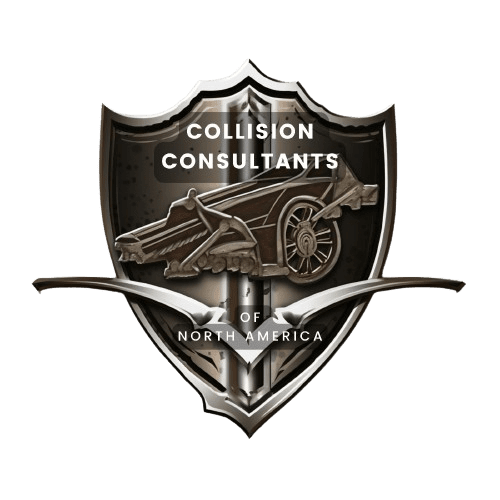Total Loss Vehicle Valuation Process

Posted on November 20th, 2025
Understanding How Insurers Determine the Value of a Total Loss Vehicle
When a vehicle is involved in an accident or suffers damage, insurance companies must decide whether to repair the vehicle or declare it a "total loss." The total loss vehicle valuation process is a systematic approach used by insurers to determine if repairing the vehicle is economically feasible or if the vehicle should be deemed a total loss and the policyholder compensated accordingly.
What Does "Total Loss" Mean?
A vehicle is considered a total loss when the estimated cost of repairs plus the salvage value equals or exceeds the actual cash value (ACV) of the vehicle prior to the damage. Each insurance company and state may have specific thresholds (commonly 70% to 80% of the vehicle's ACV) that trigger a total loss designation.
Steps in the Total Loss Vehicle Valuation Process
- Damage Assessment
- After an accident, the insurance adjuster inspects the vehicle to assess the extent of the damage. This may involve photographs, on-site inspections, and estimates from repair shops.
- Estimate of Repair Costs
- The adjuster or a licensed appraiser prepares a detailed estimate of the costs required to restore the vehicle to its pre-accident condition. This includes labor, parts, and any related expenses.
- Calculation of Actual Cash Value (ACV)
- The vehicle's ACV is determined based on factors such as age, mileage, make, model, condition, and recent sales of similar vehicles in the local market. Insurers use databases, valuation guides (like Kelley Blue Book or NADA), and sometimes third-party vendors to determine this value.
- Comparison to Total Loss Threshold
- The insurer compares the estimated repair costs (plus any salvage value) to the ACV. If the costs meet or exceed the state or insurer's total loss threshold, the vehicle is declared a total loss.
- Settlement Offer to Policyholder
- If the vehicle is a total loss, the insurer will make a settlement offer based on the ACV minus any deductible and potentially the salvage value if the policyholder retains the vehicle. The settlement is intended to compensate the policyholder for the pre-accident value of the vehicle.
- Title and Vehicle Disposal
- The insurer typically takes possession of the totaled vehicle, applies for a salvage title, and sells the vehicle to a salvage yard or recycler. The policyholder may have the option to retain the vehicle, depending on state laws and insurer policies.
Factors That Can Affect Valuation
- Vehicle upgrades or modifications
- Recent repairs or maintenance
- Local market conditions
- Vehicle history (accidents, previous total loss)
- Tread Depth on Tires showing wear and tear
- Dents, Rust, Scratches that are not related to the collision
- Chips or cracks in the glass that are not related to the collision
- Worn, cracked or torn interior parts such as dash, console, door panels, flooring, etc.
- Any cigarette burns
- Dirty uncleanable markings such as headliner, seats and carpet
Conclusion
The total loss vehicle valuation process is designed to ensure fair compensation for policyholders while protecting insurers from excessive repair costs. Understanding this process can help vehicle owners know what to expect if their car is ever declared a total loss.
Contact Us
Get in Touch
Ready to experience the expertise and advocacy of Collision Consultants of North America? Fill out our contact form today and let us guide you through the complexities of collision repair with precision, transparency, and a commitment to your safety and satisfaction.
